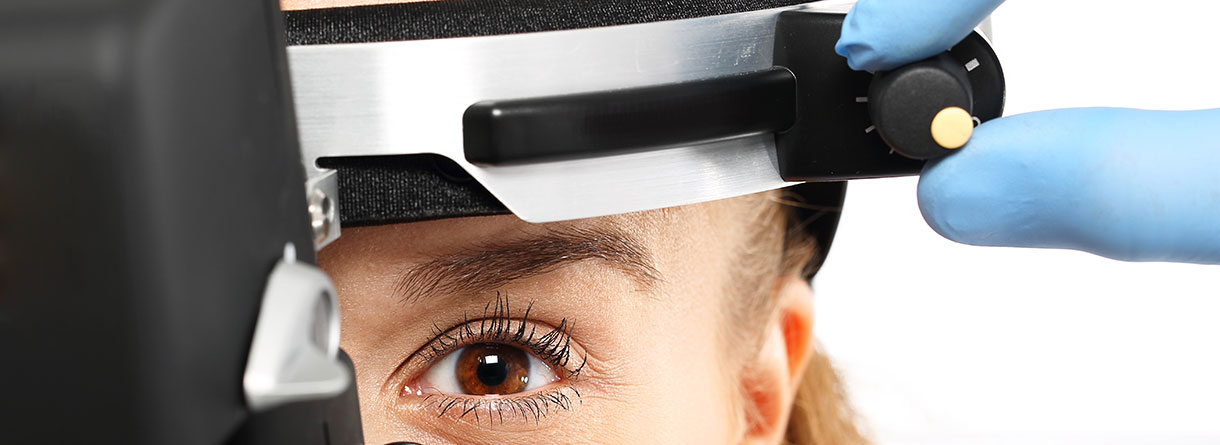Age-Related Macular Degeneration (AMD)
| Definition | Age-related macular degeneration (AMD) is the leading cause of vision loss in the developed countries. AMD can be staged into an early, intermediate (see early and intermediate AMD) and late stage, whereas the late stage is commonly divided into an atrophic form (see geographic atrophy) and neovascular form (see choroidal neovascularization). The cause of AMD is still not fully explored, but both genetic and environmental influences may be involved. Risk factors include age, a family history of AMD, high blood pressure and smoking. |
|---|---|
| Clinical Symptoms | Main symptom for late stage AMD is central vision loss. Early and intermediate AMD may not show any symptoms, but reduction of visual acuity or contrast sensitivity can occur. Progression of visual impairment may depend on the form of AMD. In geographic atrophy vision loss follows a slow but steady progress, whereas neovascular AMD commonly follows a more rapid decrease. |
| Diagnosis and Examinations | To specify the stage and form of AMD, but also distinguish AMD from other retinal findings different methods of investigation are available: · Slit lamp examination · Fundus photography · Optical coherence tomography (OCT) · Optical coherence tomography angiography (OCTA) · (Quantitative) fundus autofluorescence ((q)FAF) · Fluorescein and Indocyanine green angiography |
| Prevention and Treatment | Currently available treatments only exist for neovascular AMD. First-line therapy is the intravitreal injection of angiogenesis inhibitors. All stages of AMD should be routinely observed for disease progression. Nutritional supplements are recommended to reduce the conversion rate to neovascular AMD. Patients are advised to check regularly for metamorphopsia (blurred/wavy lines) using the Amsler grid. General disease risk factors like smoking or obesity should be avoided. Patients should use sunglasses during sun exposure. |


